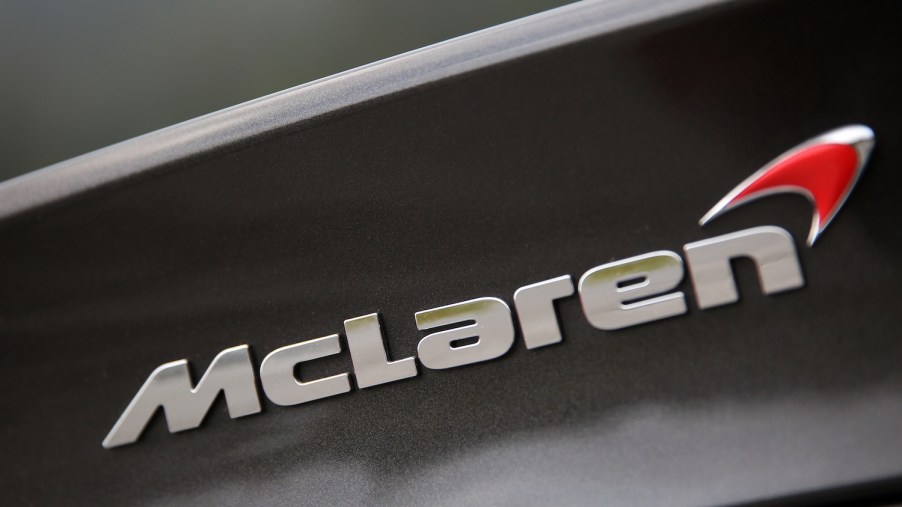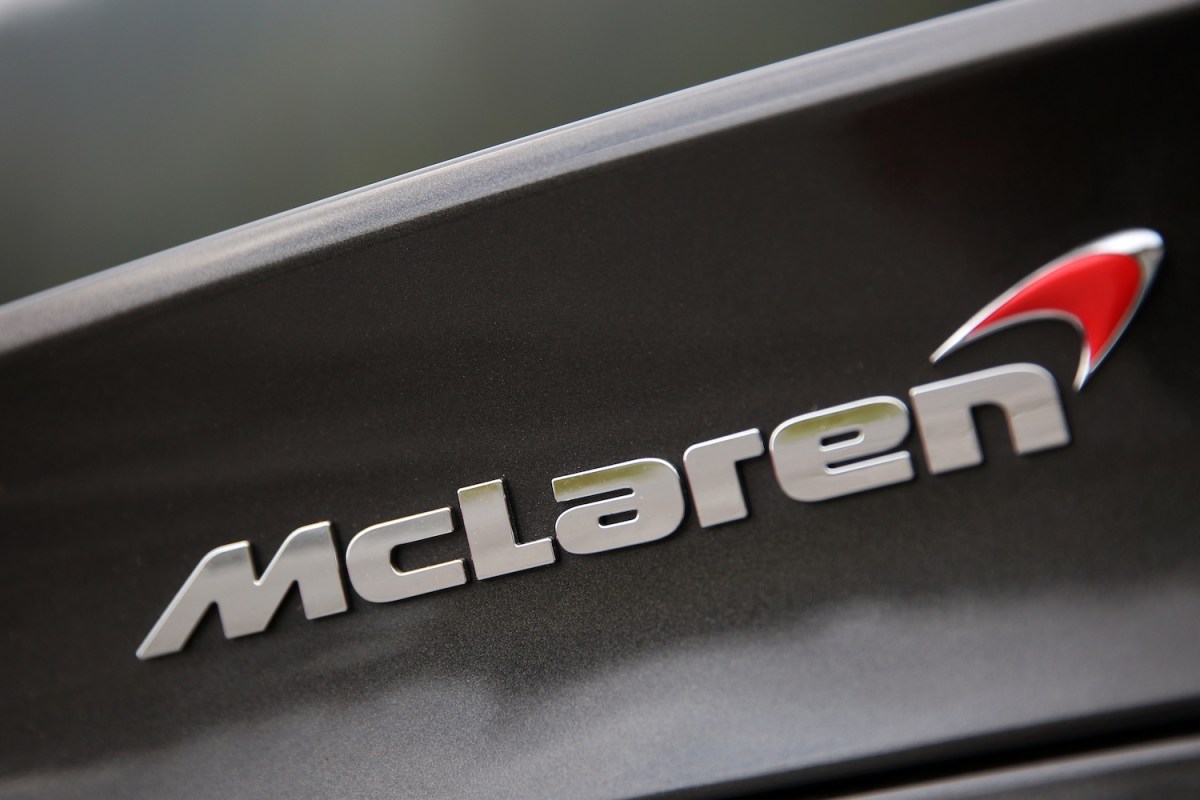
What Does McLaren’s Logo Mean?
In the early 1960s, having won three Grand Prix as a factory driver for British Formula One team Cooper, Bruce McLaren set his sights on competing on another open-wheel, single-seater racing calendar, the Australasian Tasman Series. Bruce went to team boss Charles Cooper, who insisted the car use the F1-spec 1.5-liter I-4 instead of the 2.5-liter engine allowed in the Tasman series. However, the 27-year-old decided to start his own team—Bruce McLaren Motor Racing Limited—in 1963, winning the series the following year.
Racing logos often feature symbols of national heritage. Although race cars of his namesake were British built, Bruce McLaren wanted the McLaren logo to center on the national character of his homeland—New Zealand.
Why was the McLaren logo a kiwi?
In 1964, Bruce McLaren called on close friend and famous motorsport artist Michael Turner to create the McLaren team logo. Much different than its corporate design today, the first logo was heavily inspired by those of other racing teams, bright, highly detailed, and in the shape of a crest.
In the middle was a silhouette of a kiwi, the flightless bird that is New Zealand’s national symbol and used internationally as the demonym for New Zealanders themselves. At the top of the shield was a green trapezoid that depicted a black silhouette of the front of a race car body, presumably his Trojan-built McLaren M2B. Diagonally separated by a red line, the all-white lower half sat below the top half depicting New Zealand’s racing colors, a checkered green flag.
Speedy kiwi
In 1967, two years after Bruce McLaren left Cooper to drive full-time for his team alongside fellow Kiwi Chris Amon, the McLaren logo was radically redesigned. None other than Michael Turner sketched out a more dynamic “Speedy Kiwi” to “emphasize the higher speeds at which Bruce’s cars were racing,” McLaren claims.
The logo remained the McLaren team’s emblem until 1980. Yet, Bruce McLaren wouldn’t have input on the second refresh as he died on June 2, 1970, when a rear body panel came loose on his McLaren M8D Can-Am car on the Goodwood Circuit’s Lavant Straight, causing him to spinoff the track fatally.
McLaren International
Reflecting Formula One’s international growth and McLaren’s take over by businessman Ron Dennis, the Speedy Kiwi was replaced in 1981. The McLaren logo refresh featured a black and red chevron-style checkered flag with “McLaren International” added below it in block-style lettering.
According to McLaren, the logo was designed by Raymond Loewy as a gift from Marlboro manufacturer and team sponsor Phillip Morris. Although this is the furthest iteration from the original design, it’s closer to what McLaren is today.
Merging the chevrons
In 1991, the McLaren logo became more austere. Instead of a three-row checkered flag of two rows of black chevrons and one row of red, they were consolidated into one red chevron.
The team dropped “International” from the marque, using only the team’s name in white block letters.
Speedmark or swoosh?
Converging track ambition with a burgeoning road car division, McLaren ditched the chevron. In 1997, they created a single “speedmark” or “swoosh,” emblematic of the logo racing fans know and love today.
McLaren says the streamlined speedmark “bares similarities to the vortices created by our rear wing…evok[ing] the aggressive markings found on predatory animals and insects.” The company’s name is also featured in white wording on a black background set apart from the “rocket red” of the speedmark.
McLaren’s logo has remained roughly the same since. Over the years, it’s received different fonts and colors of the lettering, background, and speedmark.
In 2021, though, the company injected some of the past into its latest design. For McLaren Racing, the speedmark was colored papaya orange as a tribute to Bruce McLaren’s Cosworth-powered M7A Formula One racer from 1968.
According to McLaren, Bruce’s business partner at the time, Teddy Mayer, thought the color would show up well on the black and white TV screens of the time. Adding that it would “loom large in the mirrors of rivals.” As Gulf Racing would move from sponsoring only McLaren’s Can-Am cars to their Formula One cars as well in 1969, the car remained the iconic papaya through 1971.
Wait, is the speedmark a kiwi?

Although the days of the speedy kiwi are gone, there seems to be reading between the McLaren logo’s lines. While the engineers at McLaren’s Technology Center in Woking may wax poetic about vortices, predatory markings, and other romantic resemblances, Carfection disagrees.
They believe it’s an abstract depiction of the bird’s body as Bruce’s classic design. Even Palm Beach McLaren says, “if you look closely enough, [the logo] almost corresponds to the elegant curvature on the body of the noble Kiwi bird, designed by Mother Nature herself.”


